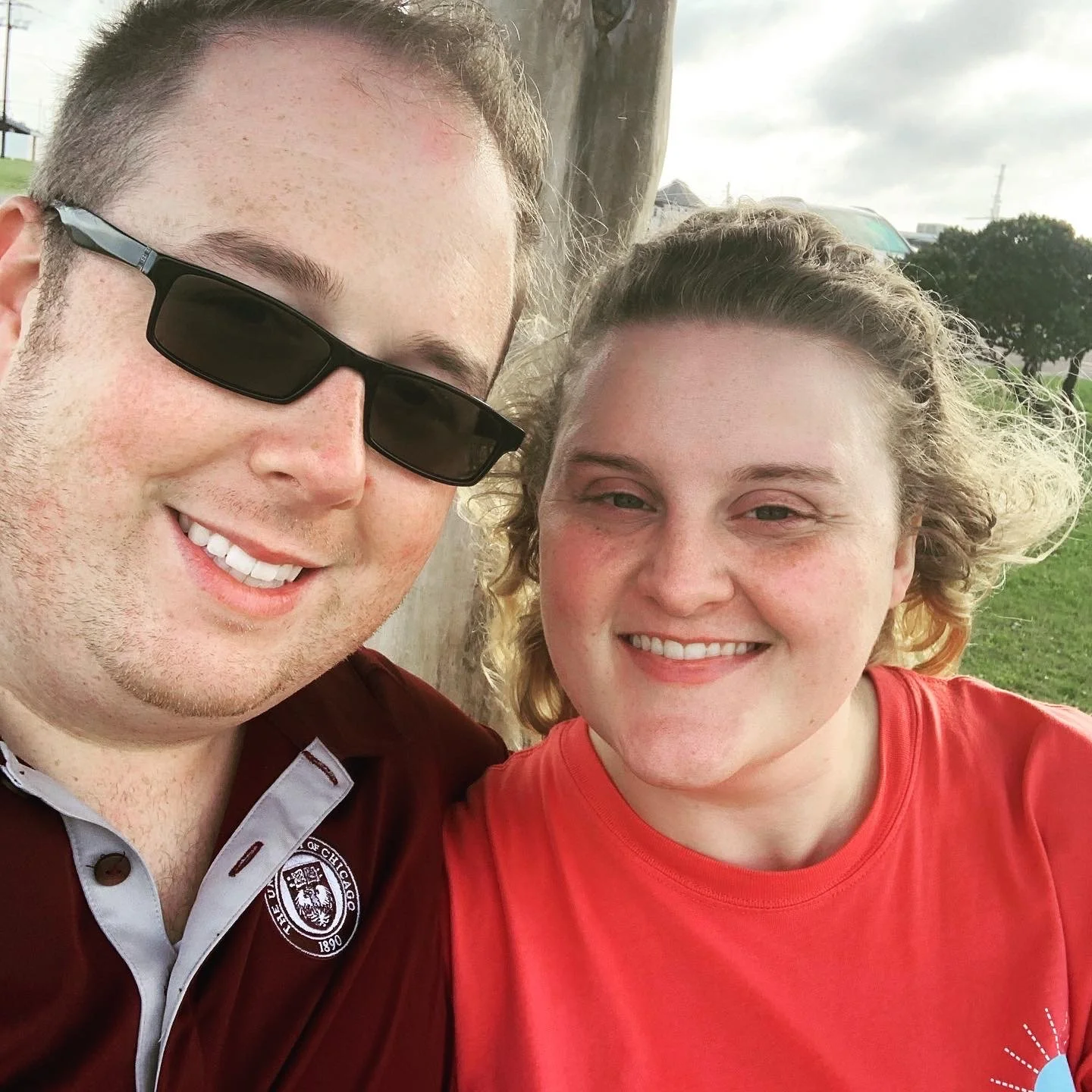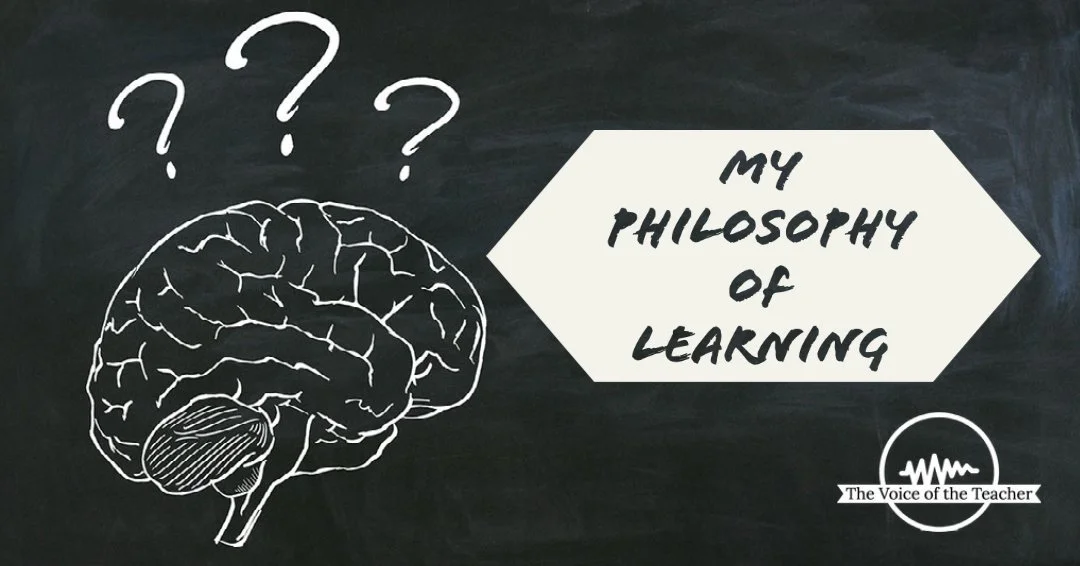My Applied Digital Learning Journey
About Me
My name is Jacob Montag, and I hail from beautiful New Braunfels, Texas. I love people, the arts (I am a musician), and academics. My career spans eight years of teaching with the scope balancing between English, Social Studies, and various electives. I am a forward-thinking educator who has clashed with the backward nature of the Texas Public School system. After my first year of teaching, I was increasingly dissatisfied with traditional school systems. As I have studied the past seven years of my career, I noticed that students' needs had changed tremendously, but the learning methods have stayed the same. It was not until I worked at a Project-Based school that I realized there was an alternative. I came to understand there was a correct way to have an authentic assessment in my master's program. My journey toward a new way of thinking.
Click the Link Below to My Learning Philosophy.
The Change In Me
My experiences played a role in altering my reasoning. This meant moving away from the false concept of numeric scores and natural ability. My thinking changed when I began asking myself, "How did I grow, and what did I develop?" This question created a new confidence level and changed my philosophy of learning—vital elements in my growth mindset and choice. A growth mindset implies ongoing, lifelong learning. Since growth implies growing, it means one has not maximized their potential, yet. The concept of yet is juxtaposed with the concept of failure. "Yet" involves seeing failure as the result of not taking the correct steps; like Edison and the light bulb. It is by nature indomitable in spirit as failure leaves a person's quest for greatness undeterred.
Conversely, a fixed mindset person may think they are already tremendous and depend on only the validation of others to tell them how great they are already. This creates significant learning environments as well as significant teaching environments. It is better to grow from failure than to stagnate, seeking the approval of others. Choice takes the form of the COVA frameworks. COVA is the centerpiece of the plan calling for project-based learning and cross-curricular collaboration. Teachers would have choices as to how they teach the standards, and students would have a choice as to how they evidence their learning. The students would substantiate themselves; lining up with their skills and interest, showing long-term growth through well-developed thoughts, and having quality deliverables. Staff would undergo extensive training at the beginning of the year, and learners would participate in a culture camp. Some staff and students would want to leave, and their choice would be honored. Some would feel challenged by the lack of control needed; however, there would be trainers and coaches to help teachers and students. Everyone would be able to do what they do well. That is the spirit of the COVA framework.
Click Below to Read About My Thoughts on COVA.
Several new aspects came to light in this program. When I began this journey with Applied Digital Learning, I knew I would learn something new with technology; however, I never expected that it would change me as a person and leader. The most significant change in me was that I removed the multiple layers of the "box" I had allowed leaders to place on me. One such layer was the fear of publicly displaying my learning in an ePortfolio. The assignments demonstrate stages of growth in my thinking around learning. As my task is to plan an ePortfolio showing my aptitude to lead change in an organization, I began with the end goal. This is the plan that began my journey. Assessing learning is often thought of as simply giving a test or an essay. Since its inception in the early 1800s, the American education system has existed to produce scholars ready to be productive citizens. The current dilemma of the American educational system is that scholars are produced for a society that no longer exists. Most primary and secondary institutions recognize the lack of quality in modern education, but respond inconsistently. The most common trend, especially in the wake of No Child Left Behind, is to mix behaviorist and constructivist styles. To the ordinary observer, this would be to lecture then follow up with arts and crafts which would all be tethered to the fallible state end-of-course exams. Ultimately, the problem is compounded by scholars graduating lacking job skills and academically delayed. This has led educators to turn to ideas thought lost to time. One such idea gaining popularity for documenting and ongoing learning is: ePortfolio. Demonstrating learning is quite different. That is why I proposed the ePortfolio plan. EPortfolios have emerged as a leading solution for students to collect evidence of their knowledge digitally. It lets them bring past knowledge, connect current learning experiences, then exhibit their learning. The implementation of ePortfolios offers schools an alternative to traditional standardized tests. They are often used to showcase student achievement in authentic assessments.
the New Way in a Course Design
The course I designed to showcase the effectiveness of ePortfolios is targeted to a 10th-grade World History Class, addressing the Texas TEKS based on constructivist principles such as outcome-based learning. I designed the Introduction and Unit 1 Module as part of my implementation phase. These modules provided a year-long overview of the course regarding the more significant authentic assessment and assessments to serve as checkpoints for understanding. I do a minimal lecture. Simply put, scholars learn by doing projects. The introductory module has students create an ePortfolio and learning teams. The teams will work together to discover the content after a brief introduction to each unit. The introductory unit allows students to create and structure their ePortfolio. The concept of the ePortfolio is to serve, for the student, as an authentic assessment and their primary method of presentation. This is where they document their learning. The school has numerous resources for digital learning and online content. This course leverages those resources to the fullest. The teams that will be formed must have stated rules, agreements, and responsibilities that are up for review with each new unit of study. Students will also have procedures for confronting disengaged scholars. Students will make blog posts, react to the peer's work, and reflect on the team's work for each unit.
Within the structural document of general guidelines, there is a rubric that students can use for all the purposes mentioned above. Staff will balance the roles of Presenter, Coach, and Mentor," whetting the appetite" and guiding young minds down the path of research, teaching valuable life skills.
My evaluation participants consisted of students, teachers, and instructional leaders. They spent 3 days of 30 minutes per day perusing course contents and giving feedback. Some of the feedback included engaging aspects as well as areas for growth with 77.8% of participants finding the course very effective. This can be interpreted as on track. The course does exhibit several strengths. Foremost, the box of behaviorism is gone, and students can pursue their interests in the course. The modules are aligned to state standards and teach the critical thinking skills needed for those abhorrent state tests. What needs improvement is the increments that define the point system of mastery. This weakness can be strengthened by better-establishing Criteria for Success and providing exemplars for the scholars. Other than that, the infrastructure is a necessity present for student learning. This course is a vital first step in making significant achievements for the future.
What I Created
At the end of the journey, there are many influences and great literature on the subject. Navigate the menu to the left to see a few of those influences and strategy sessions.
It would not have possible to do all of this without my professional learning community.
My Community:
Dr. Dwayne Harapnuik
Ben Branco
Ladonna Green
Fred Williams
Tristan Dixon
Colleagues:
Joseph Murgia
Jeffrey Trott
Ashley Keip
Brittney Fenrich
Kaitlyn Picazo
Marie Laukhuf
Magda Martinez
Christy Brewer
Special Thanks to the Family:
Victoria Montag- Wife
Kenneth & Wanda Montag- Parent
Charles and Melody Johnson- in-laws



















